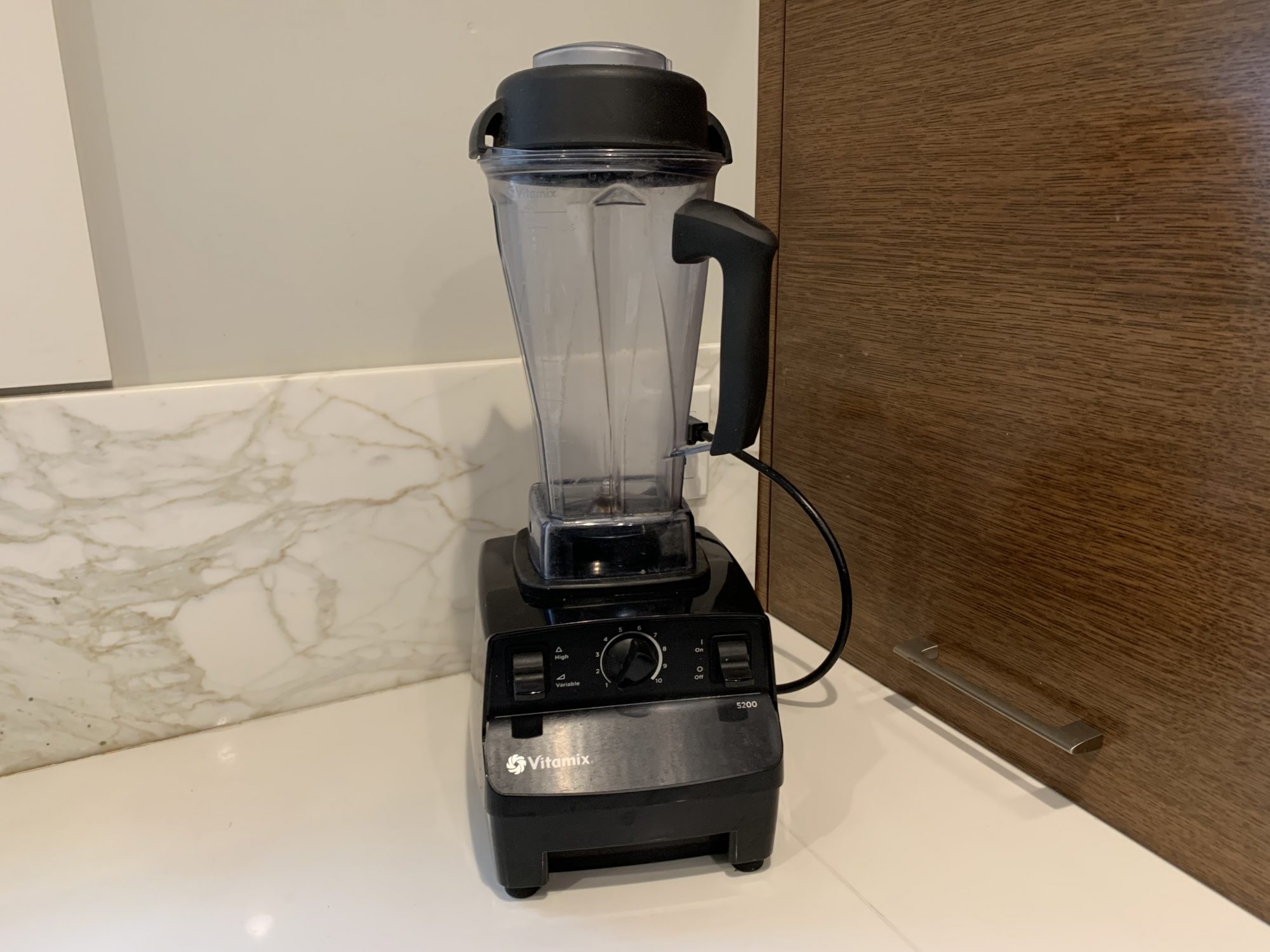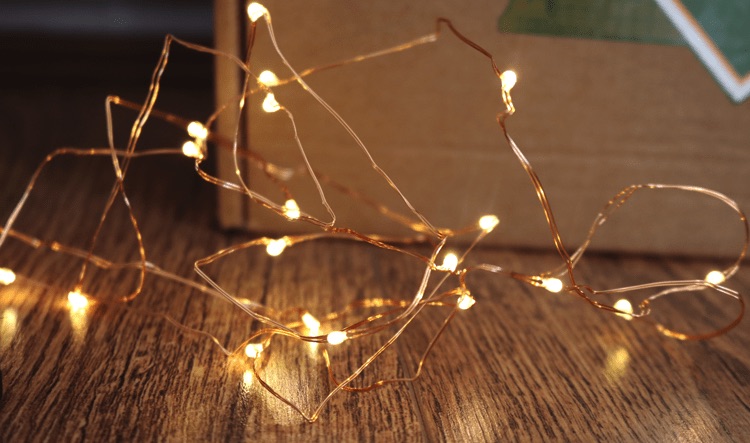
Art | Resources
Pull-Down Kitchen Faucet Sprayer Replacement
Question from Miriam
Whew, that was a long title! We need to replace ours, as the part that pulls down has sprung a leak. What ought one look for in this type of purchase? It seems important as it will be in contact with our water.
I’ve found a few on Amazon that look decent – do these seem ok?
Lisa’s Answer
Living Near Power Lines
Question from Stacey
We are currently looking to move to a new twin and have found two possible houses. The house that is closer to school and more convenient is situated near large power/transmission lines ( approx. .25 mile away). I’ve called the town for more information, but since I do not own the house, they will only tell me that the wood poles will be converted to metal. What is your recommendation on living near power lines such as these? I’m not sure what else to do…
Lisa’s Answer
Fiesta Dinnerware
Question from TG
Is Fiestaware (claim to have glazes free from lead and cadmium) safe to use in any color? Historically, their famous red Fiestaware had uranium from the ’30’s to the ’50’s. They are manufactured here in the USA and are beautiful.
Lisa’s Answer
Xtrema Cookware
Update July, 2020:
Read more about Xtrema and more in The Ultimate Guide to Non-Toxic Cookware
New Tire Odor
Question from CMP
I never thought about it until after the fact…got 4 new tires put on my SUV today & the smell of them & in the inside of my vehicle is now intolerable. I have MCS, multiple allergies (including latex) & asthma. Does anyone have any suggestions as to what to do? I use many of the EnviroKlenz products & was wondering if washing the tires with their product might help? I’d appreciate any help.
Lisa’s Answer
Non-Toxic Art and Framing
When I moved into my new, non-toxic home I was very careful about which furnishings to bring with me. It didn’t make senses to invest so much time, effort and money into building a clean home only to fill it with items that could off-gas or leach harmful chemicals. Most of our old furniture was safe because I had made a house rule years before that any new furnishing must to be fully vetted for safety. One category I had not given much thought to was wall art; the pictures, paintings and other wall décor that help to make a house feel like a home! As we settled into our new house, our walls remained white and bare. I knew I had to do a deep dive on the topic.
Paintings: Acrylic vs. Oil
My husband and I love art and we hated the idea of not being able to display our favorite pieces. We have some oil paintings and I recalled reading that oil paint was more toxic than acrylic paint because acrylic paint is water-based. My research indicated it’s not that simple.
Oil paintings use a pigment for color and a vehicle that holds the pigment in suspension. Some pigments, such as cobalt and cadmium are toxic but only if you ingest them or breathe particles. A painter who works directly with pigment needs to take precautions, but pigments do not offgas and should not pose an issue hanging on your wall. The vehicle used in oil painting is a highly refined vegetable oil such as flax, safflower, poppy or walnut. If used alone these would not release chemicals into the air. What makes oil paintings potentially toxic is the use of solvents, such as turpentine or mineral spirits, to thin the paint or clean up brushes. Fortunately, artists are being educated about the health implications of the materials they use. Read more about artist materials here.
I contacted the artist of one of our paintings and was pleased to learn that he was very careful to use materials with very low toxicity. If you own oil paintings and are unable to determine the materials used, be assured that most off-gassing should occur within the first 2 to 3 months.
Acrylic paint uses the same pigment as oil paint but its vehicle and binder, which holds the pigment together, is plastic. When the painting dries components of the vehicle can offgas. Because acrylic paints are water based, they may also contain formaldehyde as a preservative. Even if you don’t know what materials were used in the painting, it is safe to assume that, like oil painting, most off-gassing should occur within the first 2 to 3 months. Formaldehyde, however, can offgass continuously. It is likely in small amounts but if you are sensitive to formaldehyde you might want to avoid acrylic paintings.
Pictures and Picture frames
Inks used to make posters and prints have toxins. Even water-based, eco-friendly inks have some toxins. Have you ever gotten a catalog in the mail, particularly a high quality one, that smells like it just rolled off the printer? That smell is off-gassing VOCs.
My kids like to decorate with posters, but it is very difficult to get enough information on a commercially produced poster to determine which chemicals are used in their materials and processes. While I’d prefer my kids don’t have posters in their bedrooms, I figured out a compromise to at least limit the VOCs. I buy an uncoated aluminum metal frame and have a local framing store cut a piece of glass to fit. Instead of foam board which is used in 90% of framing jobs, I use plain corrugated cardboard. I found a store that sells target practice supplies (go figure!) that carries many sizes of precut, unprinted cardboard. If you are concerned about adhesives used in cardboard production, you could cover it with a piece of plain kraft paper. Then, to further seal the enclosure I tape the edges with an aluminum foil tape to block fumes from the adhesive and any lingering VOCs from the poster.
Finding frames for your pictures and prints can also be a challenge. Metal frames or solid wood frames are best but if you have frames that you are not sure about you could seal them with a product like AFM Safecoat Hard Seal, which seals any off-gassing. If you are looking for solid wood frames, read more here. Etsy might be a good place to try and you could request that the artisan use low or zero VOC adhesives and stains.
Thinking Out-of-the Box
Fiber art is becoming more popular and widely available. Wall hangings made with natural fibers are prevalent on Etsy and might be found at local craft fairs. Search for macrame wall hangings, woven wall hangings or tapestries. Look for ones made with organic cotton, hemp or wool and hung on untreated wood.
If you are artistic, you can make your own art using natural art supplies. Learn more about them here.
https://www.debralynndadd.com/toxicfreetalkradio/natural-art-supplies/#transcript1 My daughter paints with these and finds them easy to use.
More About Blenders
Last week I wrote about PTFE as an ingredient in the seal at the bottom of Vitamix containers. I want to reframe this discussion because this is not an issue about one brand. I have researched further and found that other blenders, high-speed, professional-grade blenders in particular, also contain PTFE. And some that do not use it will not disclose what they use in its place to keep the containers water-tight.
I also want to make sure it’s understood that there is no regulation that prohibits PTFE use in consumer products including those that come in contact with food. Manufacturers are free to use it. It is a matter of choice whether consumers WANT it in their products.
What is PTFE and is it Safe?
PTFE is one of 3000 poly- and perfluoroalkyl substances (PFAS) used in consumer products. PFAS chemicals are known as “forever chemicals” because they are persistent in the environment and in our bodies. Most people looking to avoid toxins choose not to use non-stick pots and pans because the PTFE-containing coating, when heated, can release fumes that coat the lungs and can cause fluoropolymer fever, also known as Teflon flu. PFOA, another PFAS chemical, used to be used to manufacture PTFE and was sometimes found as a contaminant in products made with the chemical. PFOA is considered a toxic substance by the EPA and has been linked to adverse effects including cancer, birth defects and liver damage. Fortunately, most reputable companies no longer manufacture PTFE using PFOA.
So, is PTFE harmful even when it is not heated and when it is not contaminated with PFOA?
Some health experts contend that the chemical is safe because it is inert and will pass through the body without harm. According to the Environmental Working Group (EWG), PTFE is considered a moderate health concern because it hasn’t been studied and there is no evidence that the PFAS chemicals that have replaced PFOAs are much safer. There is no direct evidence that PTFE coming in contact with food is harmful, but there is also no conclusive evidence that it is free of harm.
Which Blenders Contain PTFE?
The following blenders use PTFE in the seal at the bottom of the container:
- Vitamix
- Blendtec
- Ninja
The following blenders do NOT contain PTFE:
- KitchenAid: There is no PTFE in any KitchenAid product.
- Breville
- Cuisinart
Are Blenders with PTFE Safe to Use?
It is important to understand whether or not the PTFE migrates into the food and unfortunately, I can’t answer that. All other things being equal, I personally would choose a blender without the chemical as a precautionary measure. However, I don’t plan to stop using my Vitamix because of the health benefits from the smoothies I use it to make. I do hope that companies, particularly those that sell the promise of better health, will look beyond regulatory compliance and seek materials that are proven to be safe for consumers.
Plastic-Free Holiday Lights
Furniture
Question from Shana
I’m looking for bedroom furniture for my son’s room, as well as the master bedroom. I’d like to find non-toxic furniture that’s traditional, rather than contemporary. The more I look, the more confused I get! There are many Amish manufacturers that use solid wood furniture, but the stains are low VOC. I know that no VOC is preferable, but is low VOC ok? Most of the Amish companies use either Ohio Certified Stain or a catalyzed conversion varnish. Are either of these ok?
Lisa’s Answer
Materials for a Desk
Question from Miriam
Lisa’s Answer








